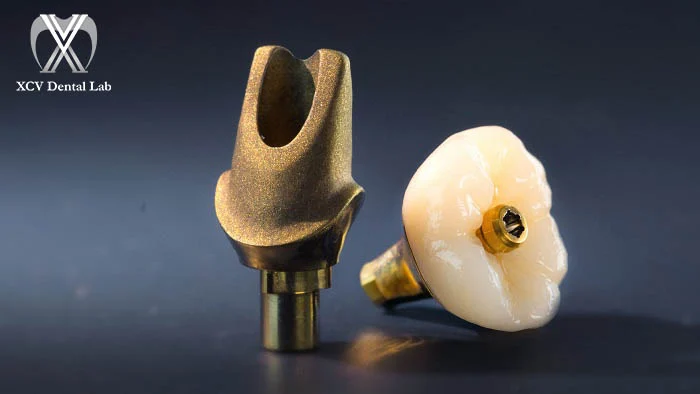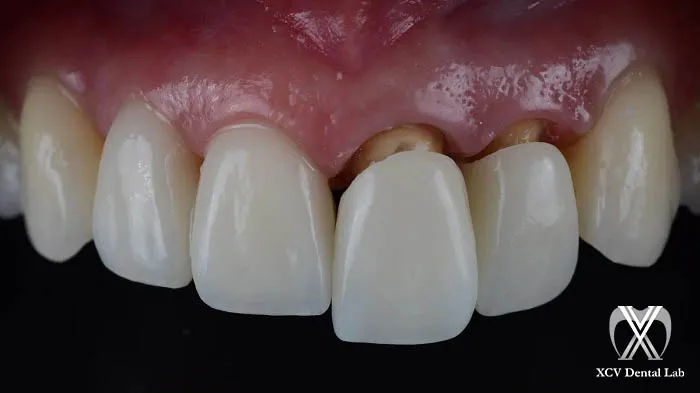
When it comes to crown and veneer restorations, material selection matters—but so does tooth preparation. At XCV Dental Lab, we often receive cases where prep design doesn’t match the chosen material, which can lead to poor esthetics, debonding, or even fractures.
In this blog, we break down the key differences between prepping for Zirconia and E.max, so you can deliver restorations that are both beautiful and long-lasting.
The strength and translucency of restorative materials differ—and so do their minimum thickness requirements, bonding protocols, and margin preferences. Poor prep design can:
So let’s get it right, from the start.
Zirconia (especially monolithic types) is known for high strength, making it a great choice for posterior crowns, bruxers, and high-load areas. It can also be layered for anterior esthetics.
Zirconia can be cemented conventionally or bonded (depending on translucency and prep retention).

Zirconia is not typically recommended for ultra-thin veneers due to limited translucency, but newer high-translucent types can be used in select cases.
E.max offers excellent esthetics and strength (approx. 400 MPa)—making it a go-to for anterior and premolar crowns, veneers, inlays, and onlays. It is ideal for bonding.
Polished or glazed E.max is biocompatible and ideal for esthetic zones.

| Feature | Zirconia | E.max |
| Occlusal Reduction | 1.0–1.5 mm | 1.5–2.0 mm |
| Axial Reduction | 0.8–1.0 mm | 1.0–1.5 mm |
| Margins | Chamfer or shoulder | Heavy chamfer or shoulder |
| Esthetics | Moderate to high (depends on type) | High |
| Bonding | Optional | Recommended |
| Ideal For | Posterior crowns, bruxers, bridges | Anterior crowns, veneers, inlays |
If you’re unsure whether your prep suits the chosen material, send us your case for a digital evaluation. We’re here to help optimize your preps for both strength and beauty.